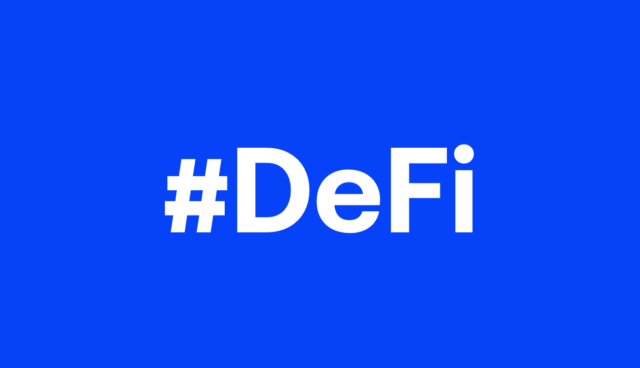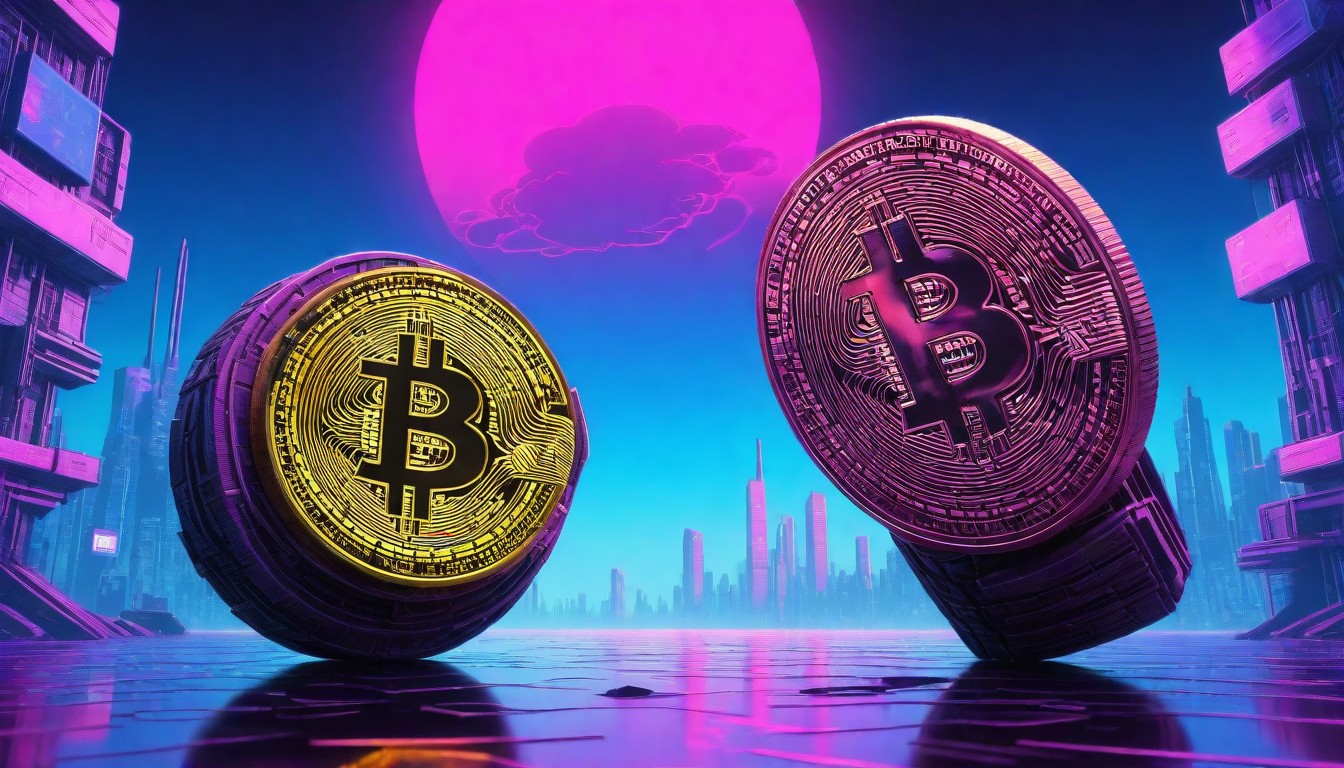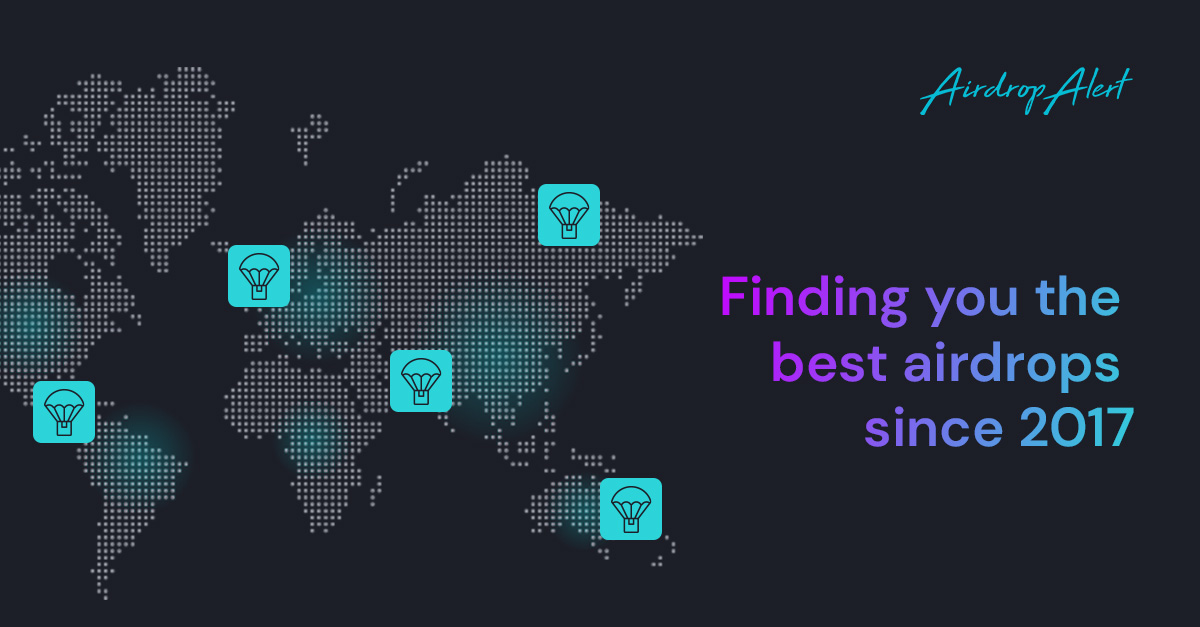Crypto exchanges have become household names in the evolution of the cryptocurrency space. But, one particular platform sits at the top: Binance.
In mere four years since its inception, Binance has grown to be the largest digital asset exchange in the world by trading volume. The meteoric rise of the platform is largely attributed to its founder, Changpeng Zhao. He steered Binance to almost $1 billion in valuation through constant modifications and developments. One of those changes was to launch a parallel chain to Binance Smart Chain that can provide high-throughput while enabling the DeFi application to thrive.
What is Binance Smart Chain (BSC)?
Similar to the Ethereum network, Binance smart chain is a blockchain with a full-fledged environment for developing robust decentralized applications (dApps). The BSC has smart contract functionality and is compatible with Ethereum Virtual Machine (EVM). Its network uses a dual-chain architecture to enable users to seamlessly transfer assets between different blockchains.
How Does Binance Smart Chain Work?
Binance Smart Chain runs on a proof-of-stake consensus algorithm, wherein users can stake the native tokens of BSC called BNB to become validators. The users receive a portion of the transaction fee as soon as they propose a valid block.
Unlike other protocols, Binance does not offer freshly-minted BNBs for validating blocks since the token is not inflationary. Moreover, BNB supply decreases over time as the exchange conducts regular coin burns.
Decentralized Finance on BSC

Developed by Binance – one of the renowned names in the crypto industry, BSC is poised to establish itself as a better alternative for a DeFi market. Several digital assets already exist on the chain as “Peggy coins” to allow users to port different assets onto Binance Smart Chain. For example, BTC, EOS, LTC, etc., are pegged to tokens on their native chains. You can lock 10 LTC to bear 10 LTCB on the Binance Chain. The price of LTCB closely tracks the price of LTC, and you can trade your 10 LTCB for 10 LTC anytime.
Additionally, BSC offers maximum flexibility for assets from different chains to use them in the growing decentralized finance market. For example, an automated market maker (AMM) project built on BSC called PancakeSwap allows users to exchange assets, vote on governance protocols, and engage in yield farming. As more projects join BSC, the ecosystem can grow, thereby adding a range of decentralized applications to the blockchain.
Although Ethereum captures a lion’s share in the DeFi market, the skyrocketing gas fee pushes developers and projects away from its network. In such circumstances, Binance is a genuine alternative to high transaction rates.
Popular Projects on BSC
- PancakeSwap
PancakeSwap is the biggest AMM project on Binance Smart Chain. The platform allows users to exchange their assets using BSC, just like how decentralized exchanges work on the Ethereum network. PancakeSwap also enables users to earn interest via yield farming and participate in PancakeSwap Lottery. The project has a native token called CAKE, which users can earn by staking, participating in yield farming, and Syrup pools.
- AutoFarm
Widely recognized as the BSC’s Yearn.Finance, AutoFarm is a decentralized exchange and yield aggregator. It means the network automatically uses paid-in capital to generate interest for the lenders. $AUTO tokens are the native governance tokens of the AutoFarm protocol.
- Venus
Built on BSC, Venus is another AMM system that aims to bring decentralized lending and credit facilities to the Binance blockchain. The platform also allows users to earn interest by providing liquidity to the Venus network. Its native token, VAI is a stablecoin pegged to 1 US dollar. Venus also has an XVS token that allows users to vote in the ecosystem.
Binance Smart Chain Wallet Support
A user needs a wallet to interact with the applications on Binance Smart Chain. The good news is there are a few options available. Including the ones mentioned below, Binance Chain Extension Wallet, Arkane Wallet, SafePal, TokenPocket, and ezDeFi are also available.
- Trust Wallet
Trust Wallet provides a secure storage solution to all the tokens developed on the Binance smart chain. Anyone can use their smart chain address to send and receive BNBs. The only condition is to install the latest update of the Trust Wallet available for the device.
- MetaMask
Though Metamask is an Ethereum wallet, it can also offer support to the Binance Smart chain. Users can download this wallet on desktop, or Android, or iOS if they’re mobile users. Metamask also allows users to transfer BNB to other BSC addresses.
- Math Wallet
Math Wallet is another option users have for storing digital assets on BSC. The wallet also features a multi-chain dApp store and helps operate nodes for proof-of-stake networks. It’s easy to use and has an intuitive user interface.
Closing Thoughts
With Binance backing the project, BSC is poised to establish itself as a market-leading network for building DeFi projects and protocols. While it is unlikely to become an Ethereum killer, Binance Smart Chain’s interoperability with smart contracts functionalities coupled with features like quick transactions and low fees may make it a better alternative for building dApps.
If you don’t have a Binance account yet, you can create one by using our referral link which gives you back 10% of the fees you pay.








